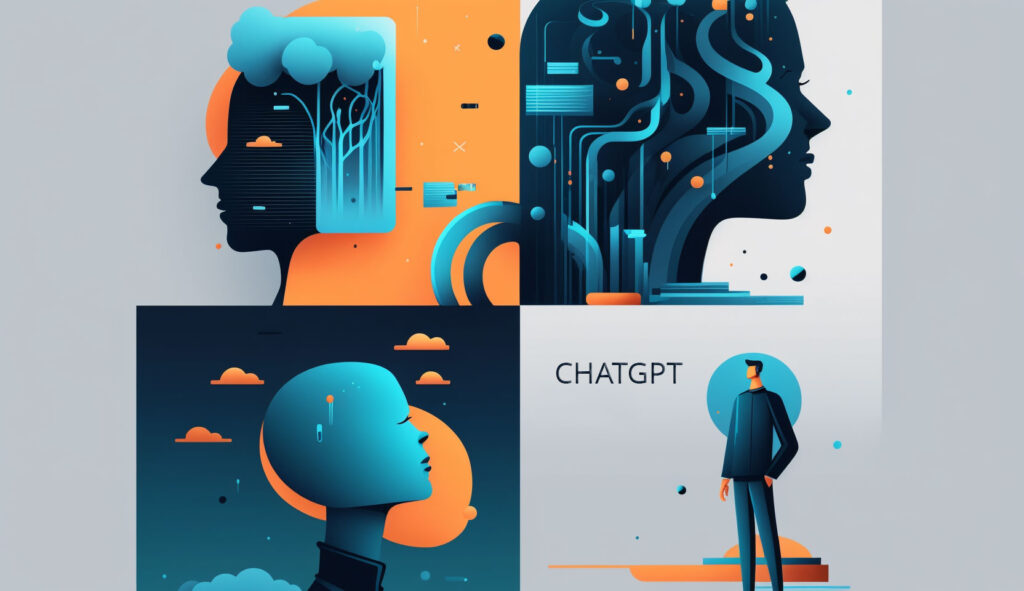Apple’s exciting unveiling revealed a series of pioneering machine learning-driven features that are set to redefine accessibility and inclusivity in technology. At the heart of these innovations lie Assistive Access, Live Speech, and Personal Voice – all built on the core principles of empowering users of diverse abilities and enhancing their digital experiences. Apple’s AI could be a game changer for accessibility.
Assistive Access
Assistive Access is an empowering tool designed specifically for users with cognitive disabilities. It simplifies the digital landscape, breaking complex applications down to their fundamental components, reducing cognitive load, and facilitating effortless navigation. But it goes beyond mere functionality — Assistive Access also provides a highly customizable interface with high contrast buttons and large text labels, tailoring to the unique needs of each user.
Live Speech
Live Speech is a particularly groundbreaking addition that seeks to empower non-speaking individuals. This feature allows users to input their thoughts and have them articulated eloquently, ensuring their active participation in discussions. Additionally, Live Speech enables users to store frequently used phrases, enhancing their interactions and communication with others. Apple has harnessed the power of machine learning in Live Speech to give voice to those who face challenges in expressing themselves verbally.
Personal Voice
Taking personalized communication a notch higher is Personal Voice. It is a secure and user-friendly feature that allows users to create a synthesized voice reflecting their unique identity. In just about 15 minutes of engaging with text prompts, users can generate a personalized voice through on-device machine learning. This feature integrates flawlessly with Live Speech, thus enabling users to communicate using their distinctive voice.
Further enhancing Apple’s suite of accessibility tools is the introduction of Detection Mode in Magnifier, a boon for individuals who are blind or have low vision. This innovative feature uses the device’s camera, LiDAR Scanner, and machine learning to identify and announce text on physical objects. By simply gliding their finger across a surface, users will have the text read out to them, encouraging independent interaction with their immediate surroundings.
The unveiling of these machine learning-driven features underscored Apple’s commitment to pushing the boundaries of accessible technology. Apple’s Senior Director of Global Accessibility Policy and Initiatives, Sarah Herrlinger, summed up the ethos behind the announcement: „Accessibility is ingrained in every facet of Apple’s endeavors. These groundbreaking features were designed with continuous feedback from members of disability communities, ensuring that they cater to the diverse needs of our users.“
At the heart of Apple’s approach is the use of machine learning, which the company emphasizes over the more controversial term „AI“. This choice of terminology not only sidesteps the potential negative connotations associated with AI but also highlights how these technologies are designed to learn and adapt to the needs of users, not to replace human capabilities.
In conclusion, the spotlight of the announcement was undoubtedly on the upcoming features, with Assistive Access, Live Speech, and Personal Voice offering a fresh perspective on the potential of machine learning in enhancing accessibility. Amid the ongoing debates around AI and machine learning, Apple’s announcement stands as a testament to their commitment to harness these technologies for the betterment of society.


